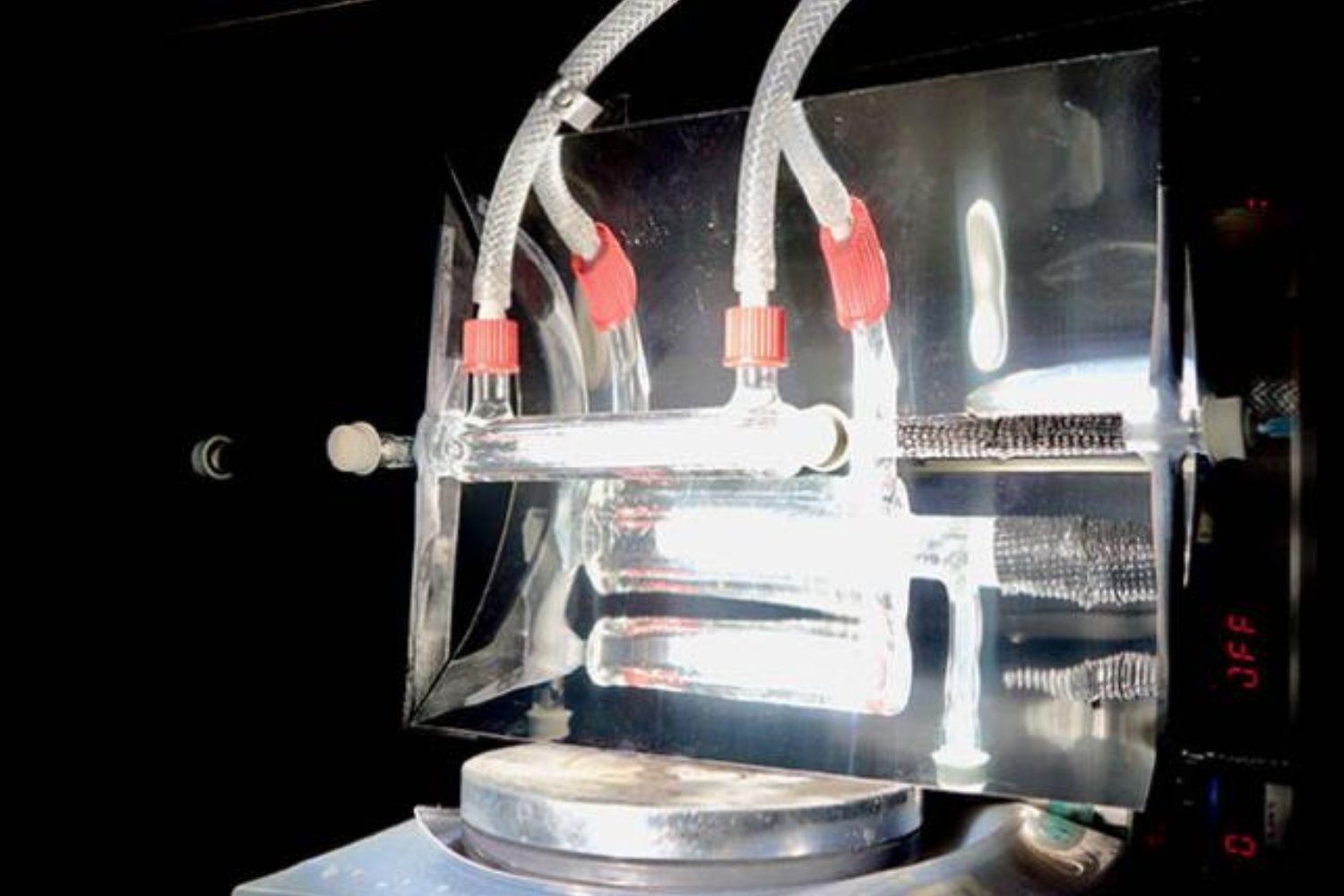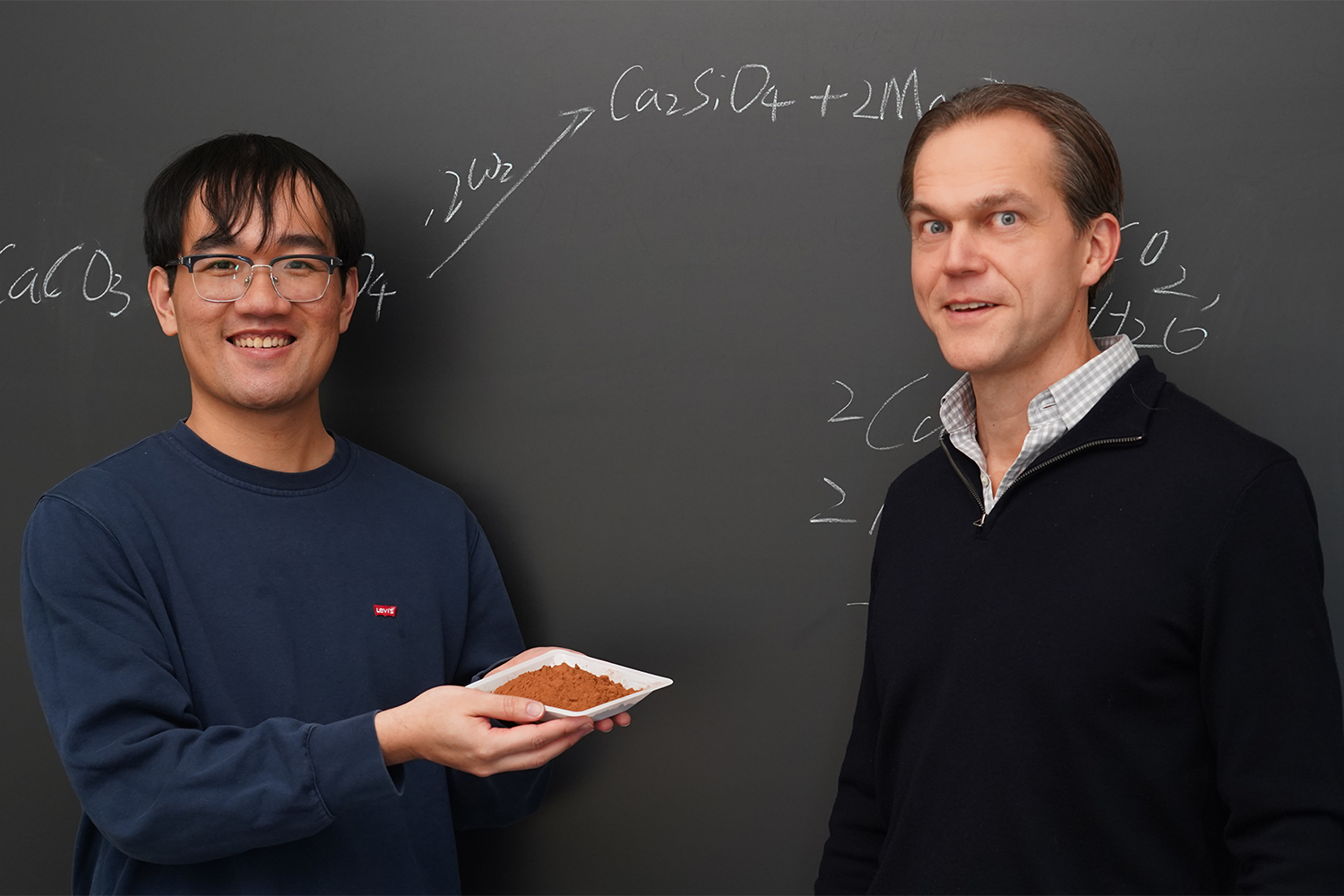Researchers at the California Institute of Technology (Caltech) have developed a groundbreaking AI system that tackles mathematical problems requiring incredibly long sequences of steps—we’re talking millions or more. This innovative machine-learning algorithm represents a significant advancement in computational problem-solving.
The AI has made strides with a notoriously difficult mathematical puzzle known as the Andrews–Curtis conjecture, which has baffled mathematicians for decades. This conjecture explores whether certain mathematical problems can always be solved using a specific set of permissible moves, akin to rearranging or retracing steps in a puzzle.
“It’s like navigating a maze the size of Earth,” explains Ali Shehper, lead author of the study and a mathematician at Rutgers University. “There are incredibly long paths to explore, and only one leads to the solution.” The Caltech program focuses on identifying these rare and elusive long sequences of steps.
A preprint study, initially posted on arXiv last August and recently updated, details how the researchers utilized their AI to solve families of problems related to the Andrews–Curtis conjecture, a problem rooted in abstract algebra. While they haven’t solved the conjecture itself, they have successfully disproven potential counterexamples. This, while not proving the conjecture true, significantly strengthens its plausibility.
“Disproving counterexamples reinforces our confidence in the conjecture’s validity and enhances our understanding of the core problem,” Shehper elaborates. “It opens up new avenues of thought.” Sergei Gukov, a mathematician at Caltech, likens these math problems to solving a Rubik’s Cube.
“Imagine a scrambled Rubik’s Cube,” Gukov explains. “The challenge is to restore it to its original state. You must test long sequences of moves, uncertain of success until the very end.”
The AI’s success lies in its unconventional approach. Using reinforcement learning, the researchers trained the AI by initially presenting it with simpler math problems, gradually increasing the complexity. “It experiments with various moves and receives rewards for solving problems,” Shehper states. “We encourage the program to repeat successful strategies while maintaining a degree of exploration. Ultimately, it develops novel strategies surpassing human capabilities. That’s the power of reinforcement learning.”
This process led the algorithm to generate long sequences of unexpected moves, dubbed “super moves” by the researchers. This contrasts sharply with the more predictable output of models like ChatGPT.
“ChatGPT generates typical responses. It’s unlikely to produce anything truly unique or highly original. It’s a proficient mimic,” Gukov observes. “Our program excels at generating outliers.”
While current machine learning programs haven’t achieved the sophistication to predict complex events like financial crashes, the researchers believe their methods could contribute to such advanced forecasting in the future.
“Our program has learned how to learn,” Gukov explains. “It thinks outside the box.” He emphasizes the team’s significant advancements in a field of mathematics that had seen little progress for decades. Importantly, their approach doesn’t require vast computing power, making it accessible to other researchers with limited resources.
While the immediate practical applications of this breakthrough may not be readily apparent in everyday life, it joins a growing body of research leveraging machine learning to address complex challenges. This research highlights the potential of AI to push the boundaries of human knowledge and problem-solving capabilities.











